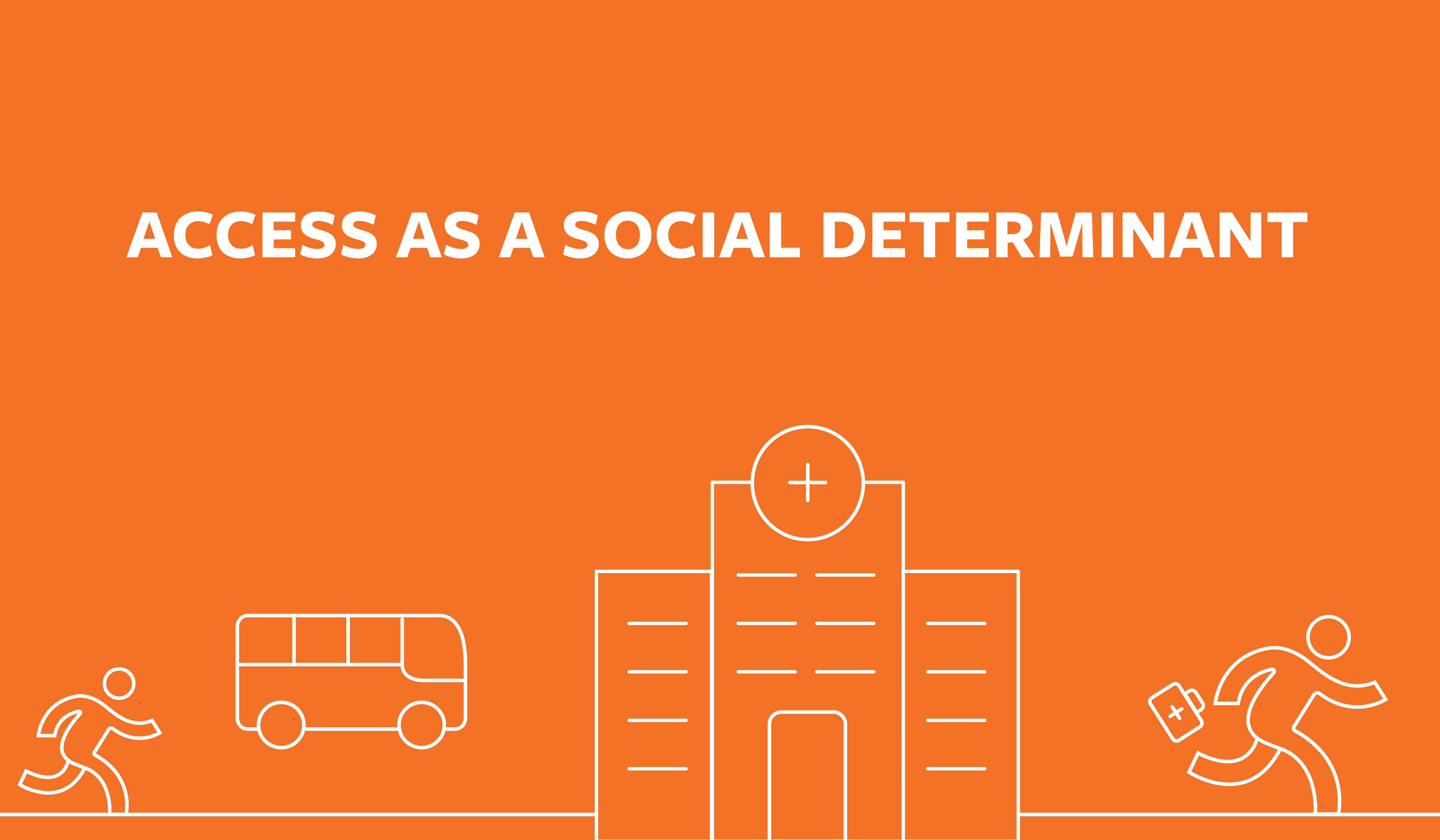At Luma Health, we’re driven to make access to care easier so patients can live healthier and happier lives. This is why we’re excited about discussing all of the aspects that contribute to health outcomes, like food, housing, transportation, provider availability, and many more. These factors are known as social determinants of health, or SDH.
Social determinants happen outside of the four walls of a practice, clinic, or health system, but nonetheless have a massive impact on health outcomes. In order to properly recognize the growing influence of SDH, we’re kicking off a blog series centered around them. The blogs will highlight the factors affecting patients’ health outside of clinical care and will also discuss the steps you can take to address these factors.
In 2017, 34 percent of healthcare payments were made through value-based care models, a 23 percent increase from just two years prior. Providers need to adapt to this changing healthcare landscape and reach outside the four walls to impact health. That means paying more attention to social determinants, which play a major role in determining care outcomes. So much of what affects a patient’s health occurs outside of clinical care, and providers are responsible for acknowledging and addressing this.
Our first blog in our SDH series discusses all the things that can obstruct patients’ path to accessing high-quality, reliable healthcare. Let’s dive deeper into these factors.
A 2015 Medicaid study found that the inability to find transportation was the third-highest barrier to care for adults on Medicaid, behind only a lack of insurance and long wait times. Transportation was a particularly significant obstacle for disabled adults, over 12 percent of whom reported transportation as the primary obstacle to their needed healthcare.
To put this into perspective, this amounts to about 3.5 million patients who can’t access the care they need. Many low-income patients can’t afford a car or the cost of a ride-share to get them to their appointment; plus, even public transit can have high fares, and the public transportation available in low-income areas is often inadequate. Patients must be able to see their providers and get the care they need, but far too often, this isn’t happening.

Here’s a look at some simple patient engagement campaigns that promote essential care and high-dollar procedures to help fill both care gaps and revenue gaps.
Social determinants often affect entire communities; namely, rural and low-income areas that often have a shortage of qualified care providers. In rural areas, the ratio of patients to primary care providers is 39.8 providers per 100,000 people, whereas the ratio in urban areas is 53.3 providers per 100,000 people.
Other obstacles to care that rural residents are more likely to face include a shortage of public transportation, a lack of high-speed internet access, and higher rates of uninsured patients. If a community is low-income, providers are often less motivated to set up a practice due to concerns about the practice’s profitability. About 230 hospitals have been opened since 2000, but two-thirds of those are in wealthier, suburban areas.
Clinician shortages don’t just impact rural areas. It’s recommended that communities have 50 care providers for every 100,000 inhabitants, but in New York City, for example, the North Bronx only has 34 providers per 100,000 whereas the Upper East Side has 261 per 100,000.
The residents of low-income NYC neighborhoods have the fewest numbers of providers available to them, making it far more difficult for them to access care than for wealthy Upper East Siders. This means that residents of lower-income neighborhoods are more likely to have to travel long distances to get to a provider that fits their needs, which, in turn, makes them more likely to no-show and puts their health at risk.
To improve outcomes and meet high levels of patient demand, we should be cognizant of the geographic or community-specific barriers to care that patients face.
The costs of healthcare have ballooned in recent times, and the prices don’t seem to be coming down anytime soon. In 2018, Americans spent $3.65 trillion on healthcare, a 4.4% increase from 2017, and the costs are increasing every year.
These costs hit low-income patients hardest, burdening them with high deductibles and copays that are difficult to pay off, as well as costly prescriptions. The cost of insulin, for example, doubled between 2012 and 2016, presenting a huge barrier for diabetic patients; what’s more, it’s been shown that Type 2 diabetes is far more prevalent among residents of low-income communities, so the high insulin costs are being placed on the patients who can least afford to pay them off.
And ultimately, the provider shoulders the cost of these negative outcomes: patients unable to pay for the care or medication they need will not get better, and these costs will be passed off to providers in the form of uncompensated care, lower quality scores, and reduced reimbursement.

Watch our on-demand webinar to learn more about how to leverage reimbursable HIPAA-compliant virtual visits to deliver care and minimize appointment backlogs and cancellations.
It’s clear that social determinants are inextricably linked to care outcomes. That’s why providers must be paying attention to the social and economic factors that impede patients’ access to care and the quality of their care: often, negative outcomes can hurt your practice’s financial well-being, especially with the rise of value-based care.
Keep an eye out for our next blogs in the series—next up is a blog focused on health management and the long-term effects of social determinants. Following that, we’ll discuss the importance of effective patient outreach, and how outreach can mitigate social determinants by driving access to care. Stay tuned!






